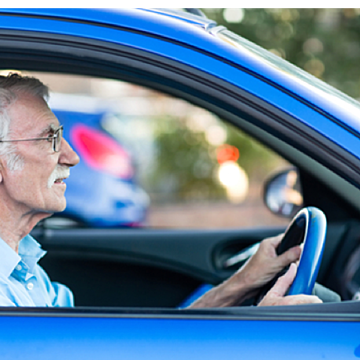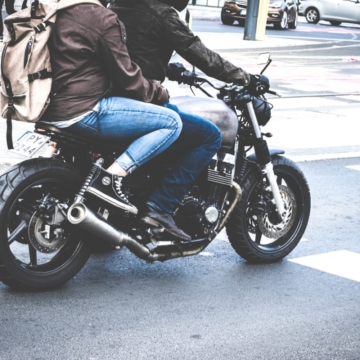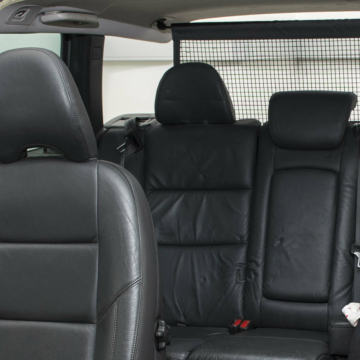Research Project

Tom Whyte
Current Appointments
Postdoctoral Research Fellow (Honorary)Key Research Areas
Tom is an injury biomechanics engineer with specific expertise in mechanical impact response and tolerance of the human body, the design and testing of injury protective systems and motor vehicle crash investigation.
He was awarded PhD from the University of Technology Sydney in 2016 having undertaken a detailed examination of facial impacts to motorcycle riders and full-face helmet protection. In his postdoctoral research fellowship at the University of British Columbia, he led experimental impact biomechanics studies to define tissue mechanics and tolerance of the brain and spine.
Publications
2024, 21 Feb
Modifications to Child Restraints for Children With Disabilities – Experiences of Australian Caregivers and Health Professionals
View full journal-article on https://doi.org/10.33492/JRS-D-24-1-2126682
2022 Dec
Comparative analysis of off-road vehicle crashes in children: motorcycles versus quad bikes
View full journal-article on https://doi.org/10.1136/ip-2022-044573
2022 Jun
Neck Loads During Head-First Entries into Trampoline Dismount Foam Pits: Considerations for Trampoline Park Safety
View full journal-article on https://doi.org/10.1007/s10439-022-02945-w
2022 Jan
Can Age or Height Define Appropriate Thresholds for Transition to Adult Seat Belts? An Analysis of Observed Seat Belt Fit in Children Aged 7–12 Years
View full journal-article on https://www.mdpi.com/1660-4601/19/3/1524
2021
Dynamic frontal crash performance of old and used child restraint systems
View full journal-article on http://www.scopus.com/inward/record.url?eid=2-s2.0-85113540243&partnerID=MN8TOARS
2021
Load-sharing and kinematics of the human cervical spine under multi-axial transverse shear loading: Combined experimental and computational investigation
View full journal-article on http://www.scopus.com/inward/record.url?eid=2-s2.0-85107163498&partnerID=MN8TOARS
2021
Population-Level Incidence and Use-Related Factors of Comfort and Orthopedic Accessories Among Older Vehicle Occupants in NSW, Australia
View full journal-article on http://www.scopus.com/inward/record.url?eid=2-s2.0-85089987631&partnerID=MN8TOARS
2020
A neck compression injury criterion incorporating lateral eccentricity
View full journal-article on http://www.scopus.com/inward/record.url?eid=2-s2.0-85083989403&partnerID=MN8TOARS
2020
An automated kinematic measurement system for sagittal plane murine head impacts
View full journal-article on http://www.scopus.com/inward/record.url?eid=2-s2.0-85088363535&partnerID=MN8TOARS
2020
Frontal crash seat belt restraint effectiveness and comfort accessories used by older occupants
View full journal-article on http://www.scopus.com/inward/record.url?eid=2-s2.0-85076420905&partnerID=MN8TOARS



